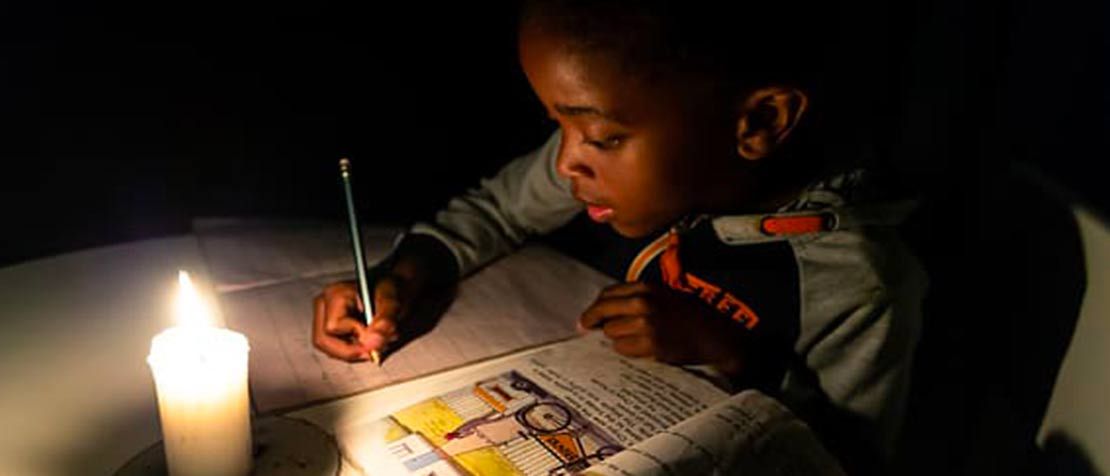
COVID-19: Here’s how some countries are addressing the digital education divide
The global COVID-19 pandemic has forced schools across the world to close, impacting more than 1.5 billion children and youth learners, according The United Nations Scientific and Cultural Organization (UNESCO).
Governments are urgently working to help parents, teachers and students find digital learning solutions to provide some level of continuity in these uncertain times.
But what about those students who do not have regular or affordable internet access? How will they be able to continue their learning during this time?
To meet the urgent need for education, UNESCO has launched a global partnership to support countries in scaling up their best distance learning practices and reaching children and youth who are most at risk.
The gravest danger, said UNESCO Director-General Audrey Azoulay, is that “children from marginalized backgrounds will lose out on their education – and we cannot let this happen.”
“The scale of the challenge demands innovation, partnership and solidarity.” said Azoulay.
The coalition aims to make a difference by: bringing as many actors and resources on board for an effective and unified response; maximizing impact while avoiding overlap with a view to reaching the most disadvantaged and those at risk of exclusion; and matching national needs and global solutions by bringing global and local partners together for effective and immediate solutions.
Various immediate actions are being taken at the country level to address the digital education divide.
ITU, an organization fully committed to connecting the world, is part of that coalition, which also includes private-sector partners such as Microsoft, GSMA, Weidong, Google, Facebook, Zoom, KPMG and Coursera, who are “contributing resources and their expertise around technology, notably connectivity, and capacity strengthening.”
COVID-19 and the digital divide
Indeed, COVID-19 is exposing the digital education divide.
Equity in access to information and communication technology (ICT)-based learning is a major concern, as learners from under-privileged backgrounds tend to have less access to computers and other devices outside the schools.
In some cases, they live in areas with no electricity and poor or no Internet connectivity.
According to ITU data, 93 per cent of the global population within reach of mobile broadband (3G network or higher), and yet 3.6 billion people remain offline. In the event of a global health crisis, Internet access is crucial for the day-to-day economy – and a vital lifeline for those affected.
Learn more about the barriers that prevent worldwide access and how ITU works to close the overall digital divide.
Actions to address the digital education divide
Various immediate actions are being taken at the country level to address the digital education divide.
Italy, for example, has announced an 85 million-Euro package to support distance learning for 8.5 million students and improve connectivity in isolated areas.
China is providing computers to students from low-income families and offering mobile data packages and telecommunication subsidies for students. In France, efforts are being made to lend devices and provide printed assignments to the 5% of learners who do not have access to the Internet or computers.
To ease the disruption, the United Arab Emirates created a hotline for teachers and students to seek technical support if they face any difficulties.
In Washington State, United States, the schools are not encouraged to provide online learning services unless equitable access is ensured.
In Portugal, to tackle the fact that not all students may have access to internet at home, the government suggested a partnership with the post office services to deliver working sheets to be done at home.
These are just a few of the many efforts underway to help provide some learning continuity for less-connected students in this difficult time – and also hopefully contribute to the much-needed closure of the digital divide.
